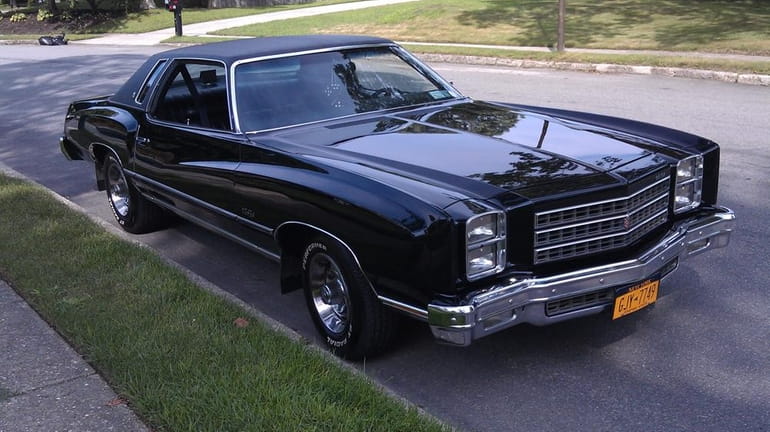4 reasons to reshop your auto insurance

July 13, 2008; Uniondale, NY: Zach Stauber, of Melville, at the Nassau Coliseum, where 30 LI kids participated in the Tire Rack Street Survival, a national driver education program that teaches teens the skills they need to stay alive behind the wheel. Credit: JAMES CARBONE/Photo by James Carbone
If you haven't compared rates for auto insurance lately, give it a try -- there's a good chance you could lower your premiums. Sometimes an insurer will raise rates across the board, even for drivers with spotless records, and sometimes a change in your situation will prompt a rate spike. You may be able to save by jumping to another insurer.
1. Shopping around. When you reshop your rates, try an independent agent at www.iiaba.net, get price quotes at www.insweb.com or www.insurance.com, or contact insurers directly, such as at www.allstate.com, www.geico.com, www.progressive.com or www.statefarm.com. Before you switch, see how much you can save by raising your deductibles (boosting the collision deductible from $250 to $1,000 can save you 20% or more).
2. You got a speeding ticket or had an accident. In most states, tickets and at-fault accidents remain on your driving record for three or five years. Longtime customers with good driving records may not get a rate hike at all. But many insurers check motor-vehicle records every 12 or 18 months, so a speeding ticket could bump up your rates long after you were pulled over.
If your rate does rise -- and especially if your policy is canceled -- shop around immediately. Prospective insurers will pull your record, but some insurers care less than others about the incident. And when the accident or ticket drops off your motor-vehicle record, ask your insurer to remove the surcharge and then reshop your policy, too.
3. You have a teenage driver. A new teenage driver increases a two-car family's auto-insurance bill by an average of 58%, according to Insurance.com. Some insurers charge a lot more for teenagers, so when your teen starts to drive it's time to shop around. "One insurer's rates for young drivers can be as much as four times as high as another's," says Michael McCartin, an independent agent in College Park, Md.
You'll usually get the best deal by keeping your teen on your auto-insurance policy -- even if your child is the principal driver of the vehicle he is assigned to. You will benefit from multicar and multipolicy discounts if you have homeowners coverage with the same insurer. Your child may also inherit other discounts -- for example, at Travelers, kids get a safe-driver discount if their parents have had a clean driving record for five years -- and most insurers offer a break of up to 15% for a grade-point average of 3.0 or higher. And if your kid goes to college more than 100 or 150 miles away without a car, you can qualify for a hefty discount. (Learn more about cutting insurance costs for teen drivers.)
4. You're buying a new car. Insurance costs can vary a lot depending on the car's safety and theft record and the cost to repair it. Compare premiums from a few contenders before you make your final decision. An InsWeb study found that the Kia Sedona, Mazda5, Ford Escape and Hyundai Santa Fe are the least expensive to insure, while the Acura ZDX, Audi TTS, Audi A5 and Cadillac Escalade were the most expensive (see 10 Cheapest Cars to Insure).
Brad Cooper, of InsWeb, points out that vehicles that cost the least to insure may have other factors that keep premiums low. For example, a four-cylinder car with moderate horsepower is usually less expensive to insure than a six- or eight-cylinder car. InsWeb's QuickQuote lets you look up general insurance costs for cars, but it's best to give your agent the VINs for cars you're considering.
All contents copyright 2008 The Kiplinger Washington Editors, Inc.

